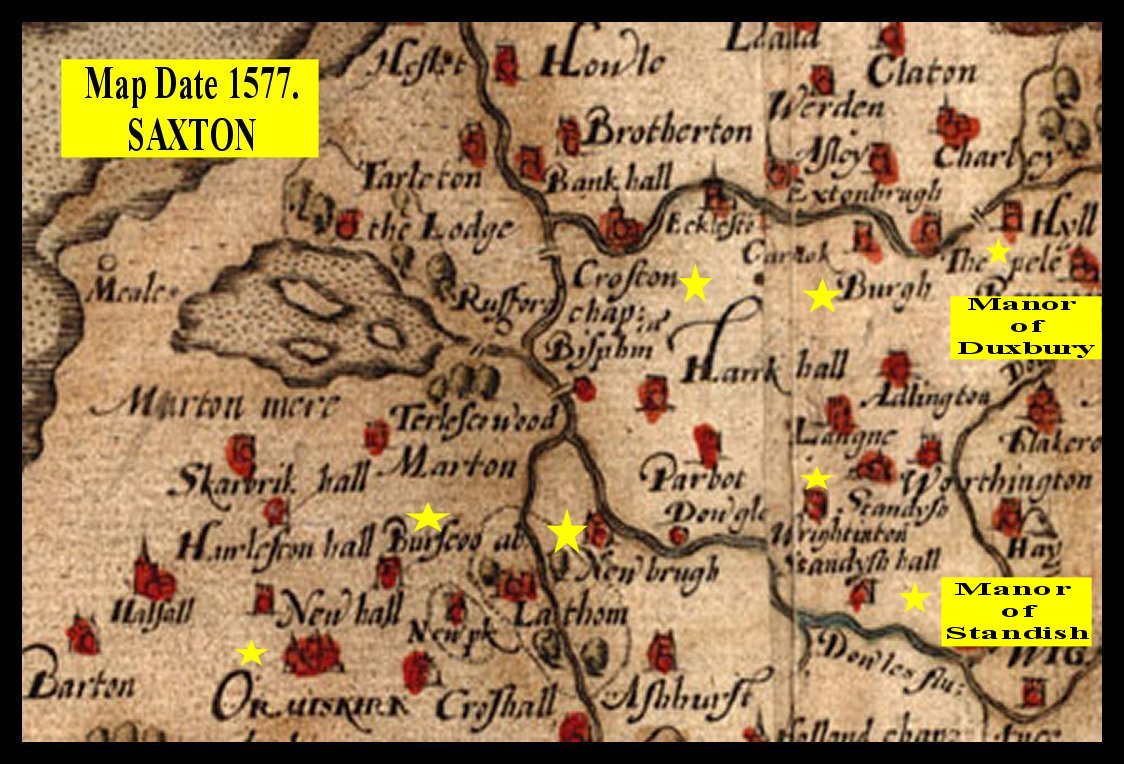

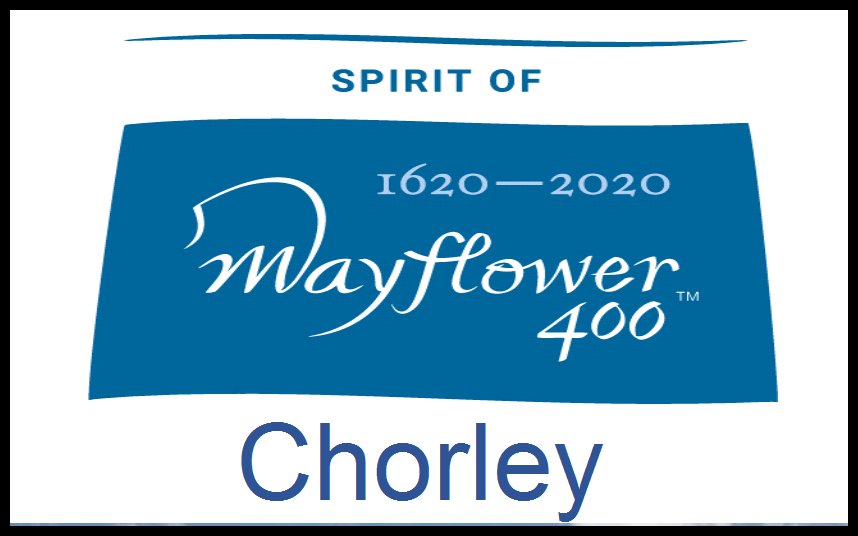
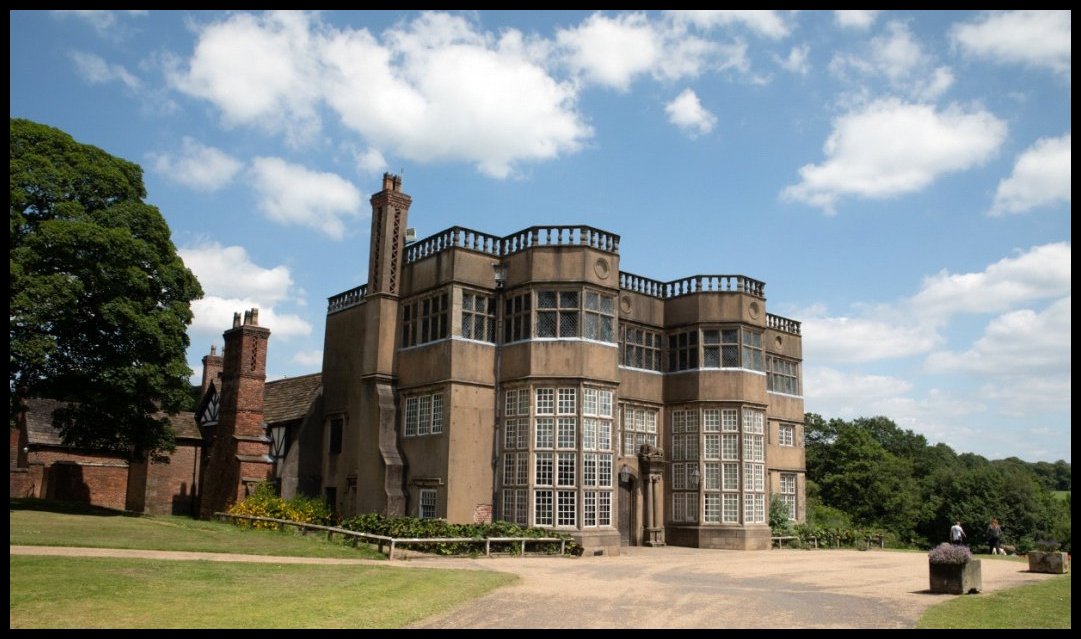


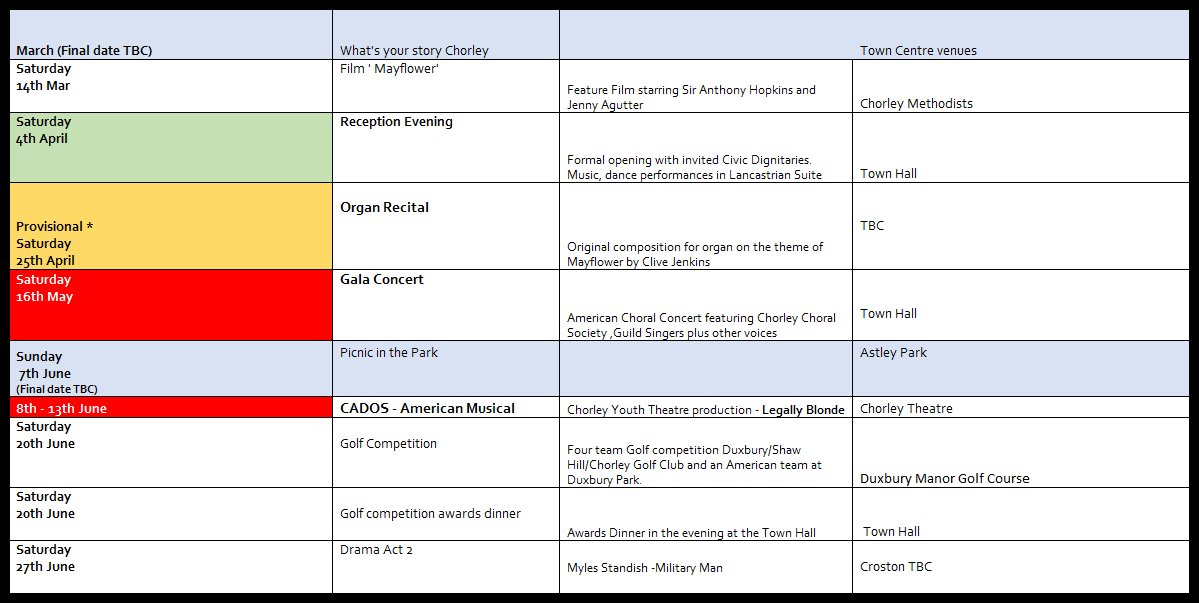
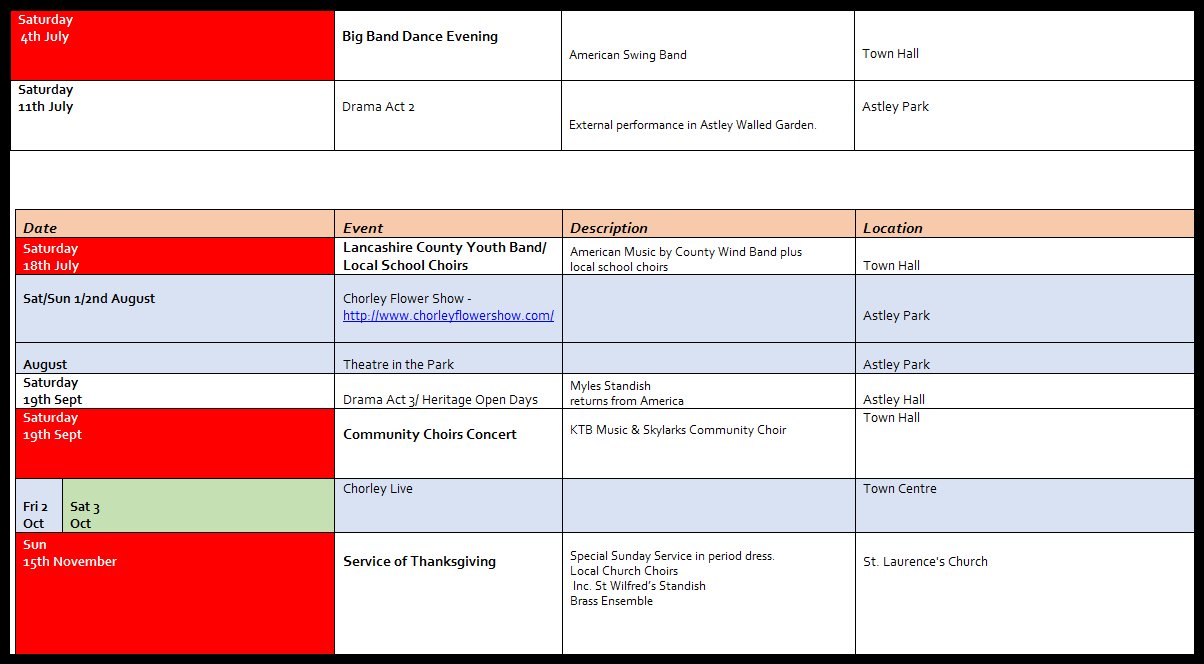
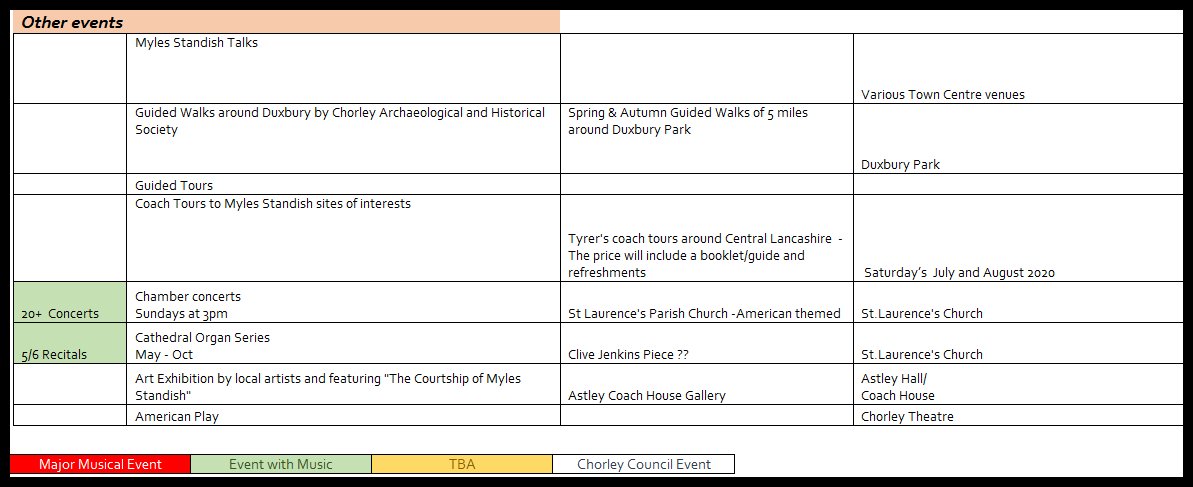
![]()

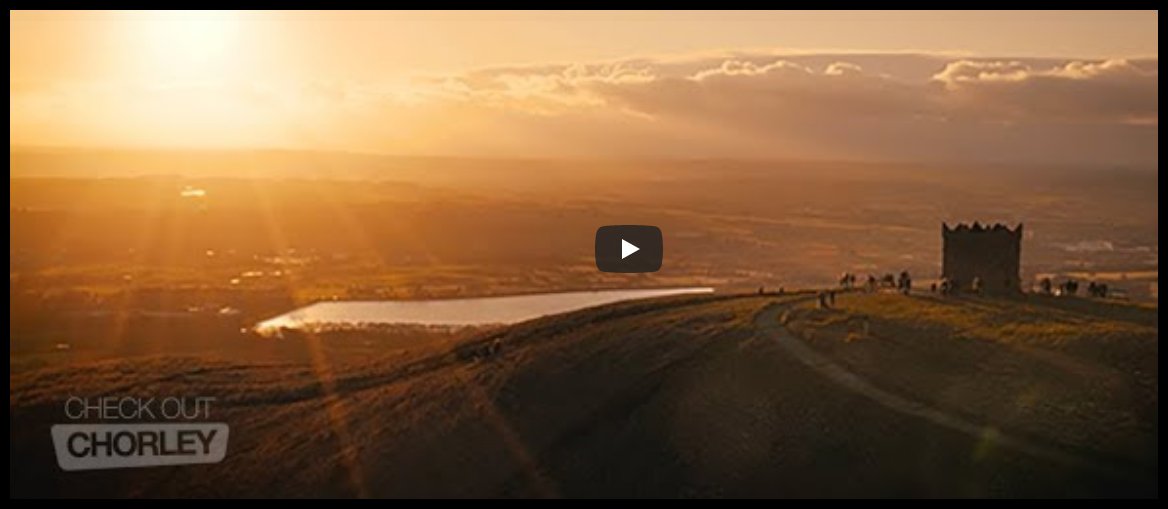
![]()
Astley Hall, Coach House and Park is a beautiful tourist spot located next to Chorley town centre.
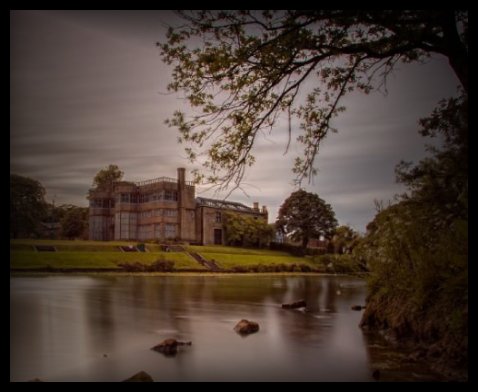
![]()
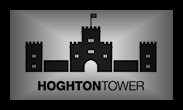
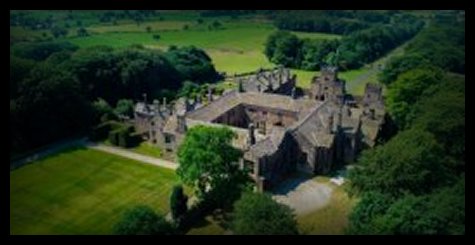
![]()

![]()

2020 Celebration of the Standish of Standish Family Lancashire England.
Guided Tour Coach provided by Tyrers of Chorley.
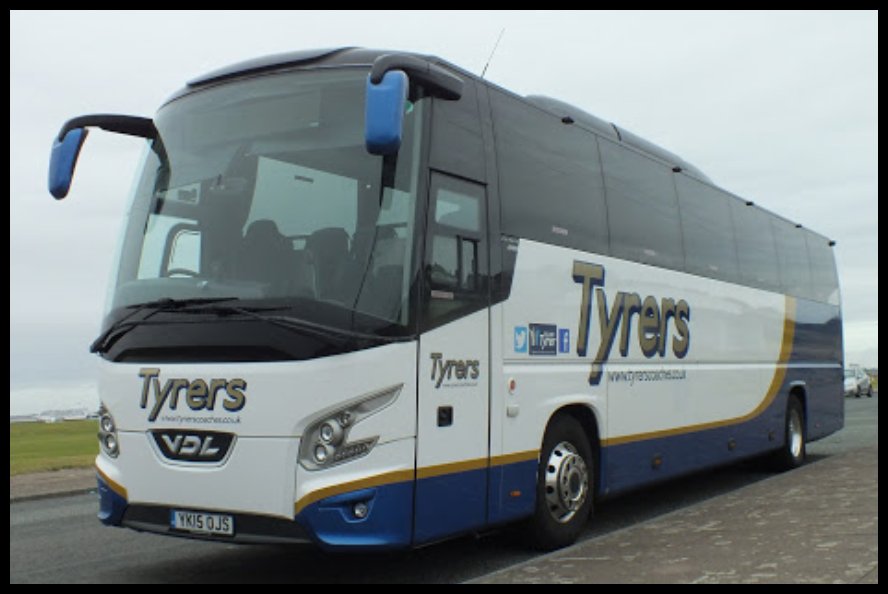
The Lancashire Lands of Captain Myles Standish Guided Tour June / July / August 2020.
1.Standish Parish Church burial place of the founders of the Standish of Standish dynasty.
2.Chorley Parish Church burial place of two Standish families from the Manor of Duxbury, Chorley.
3. Ormskirk Parish Church burial place of the Standish family of Ormskirk and Isle of Man.
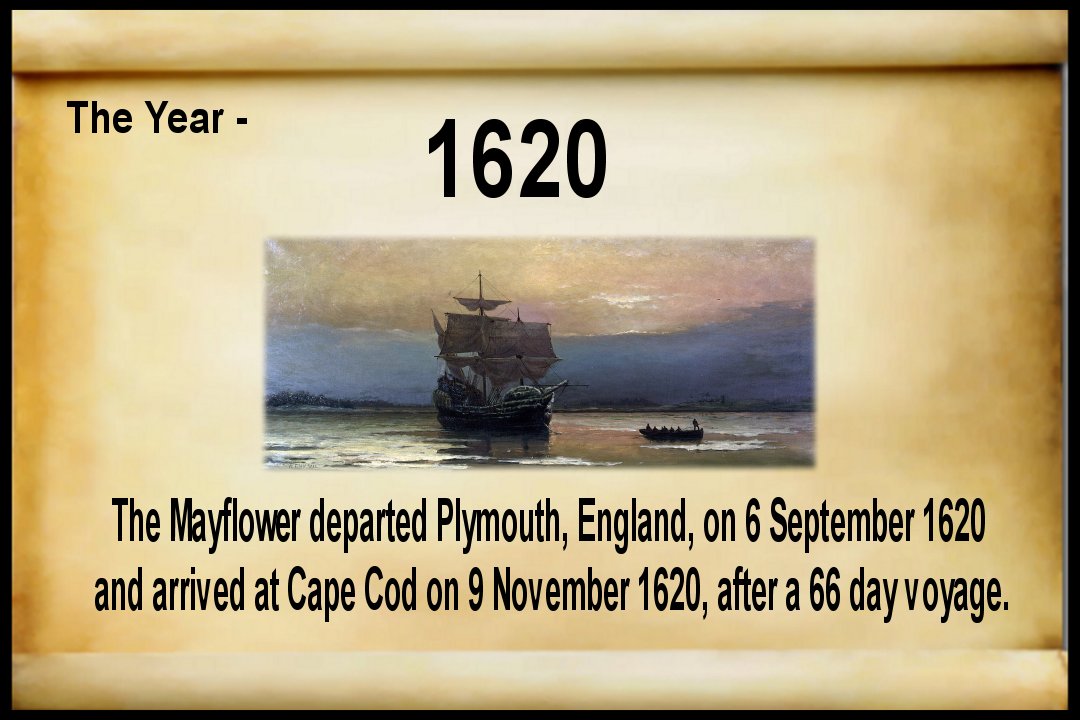
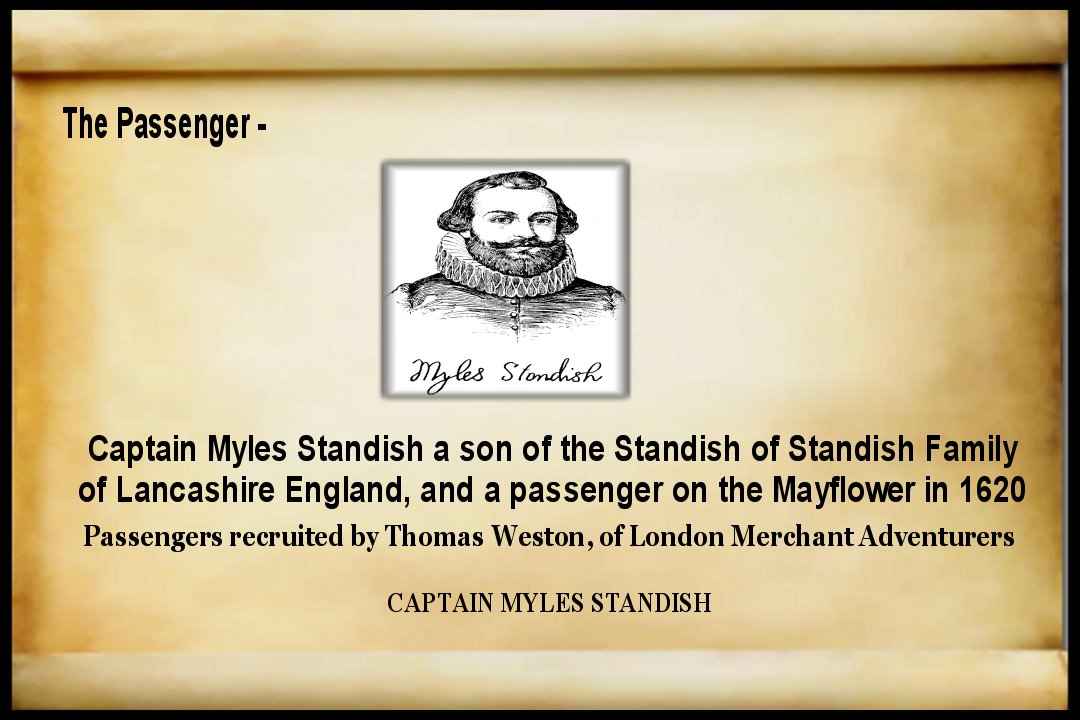
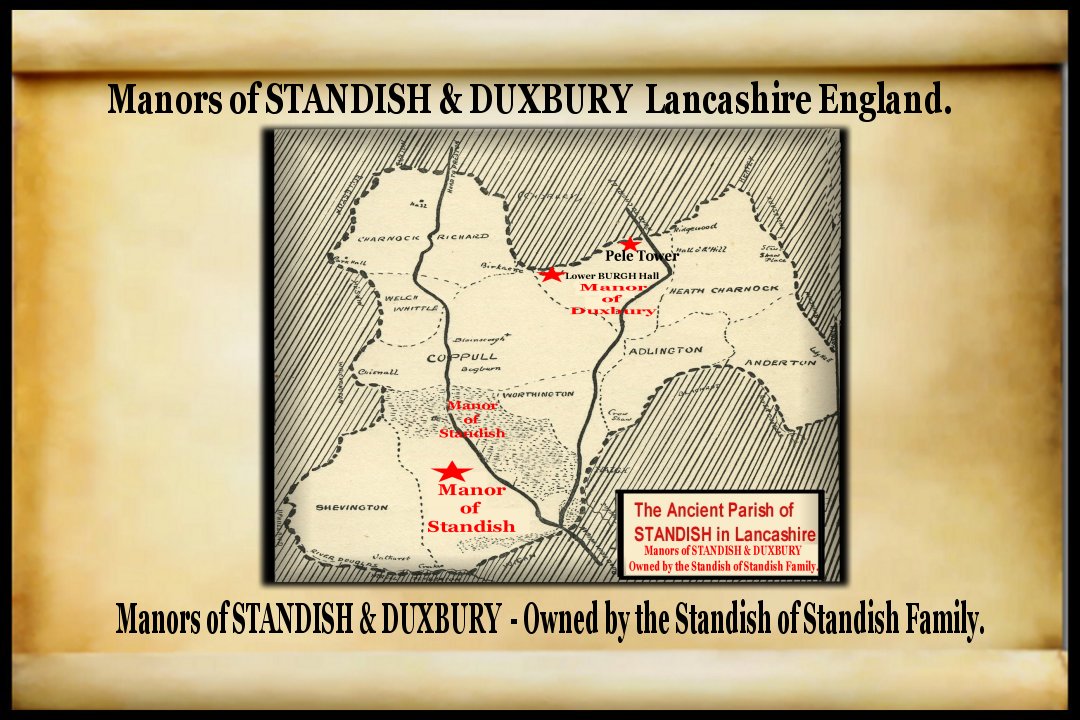
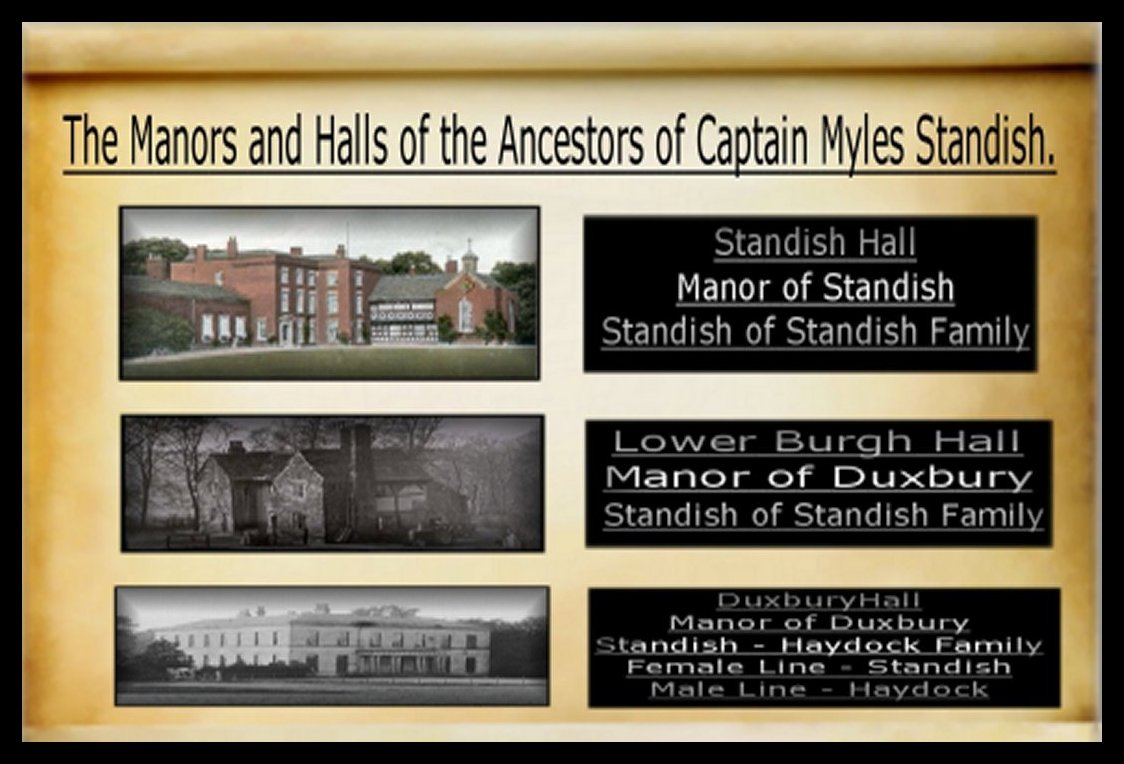
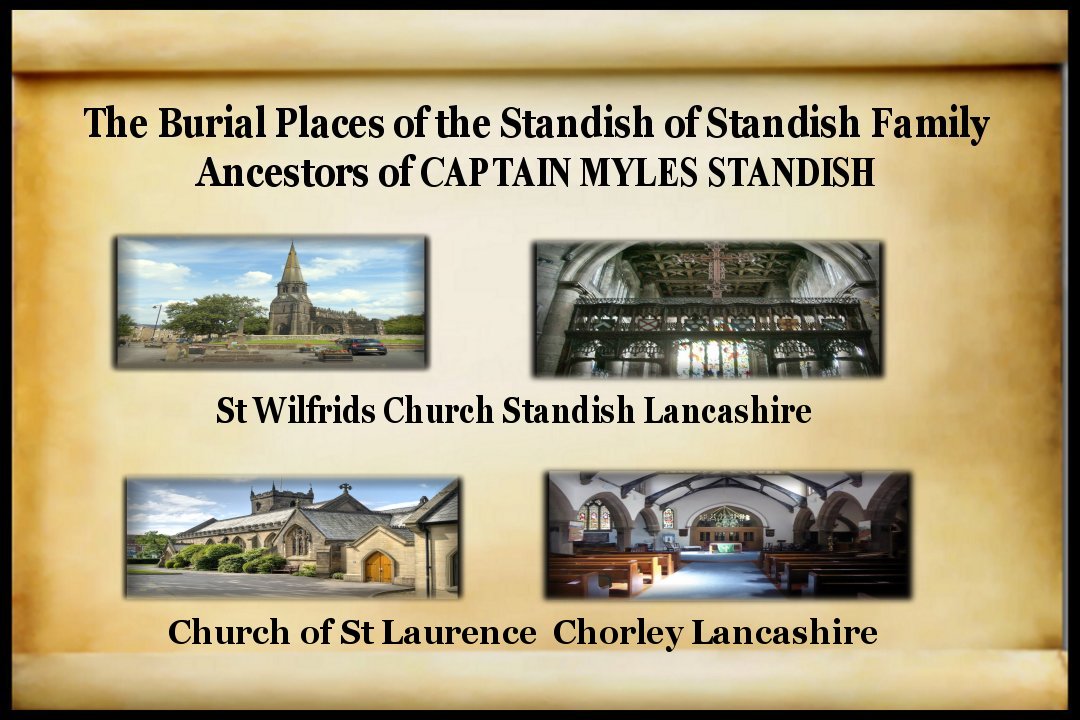
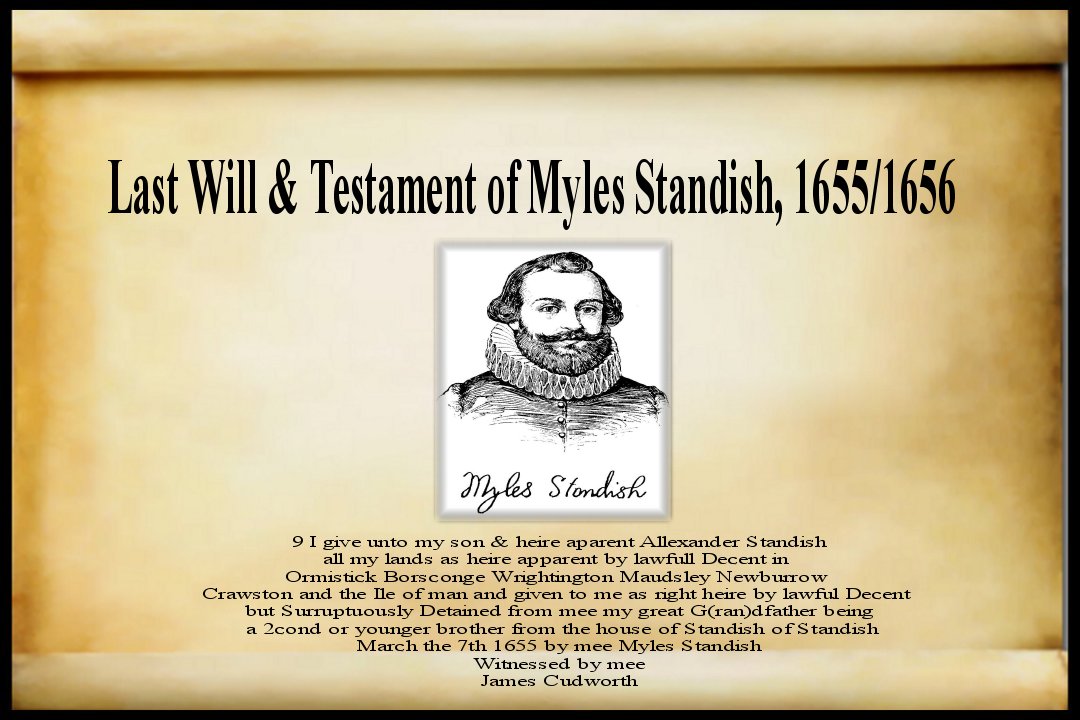
The Last will and Testament of
Captaine Myles Standish Exhibited before the court held att Plymouth (the 4th)
of may 1657 on the oath of Captaine James Cudworth; and ordered to bee recorded
as followeth;
Given under my hand this march
the 7th 1655 Witnesseth these prsents that I Myles Standish senir of Duxburrow
being in prfect memory yett Deseased in my body and knowing the fraile estate
of man in his best estate I Doe make this to be my last will and Testament in
manor and forme following;
1 my will is that out of my whole
estate my funerall charges be taken out & my bod(y) to be buried in Decent
manor and if I Die att Duxburrow my body to bee layed as neare as Conveniently
may bee to my two Daughters Lora Standish my Daughter and Mary Standish my
Daughterinlaw
2 my will is that that out of the
remaining prte of my whole estate that all my jus(t) and lawful Debts which I
now owe or att the Day of my Death may owe bee paied
3 out of what remaines according
to the order of this Govrment: my will is that my Dear and loveing wife Barbara
Standish shall have the third prte
4 I have given to my son Josias
Standish upon his marriage one young horse five sheep and two heiffers which I
must upon that contract of marriage make forty pounds yett not knowing whether
the estate will bear it att prsent; my will is that the resedue remaine in the
whole stocke and that every one of my four sons viz Allexander Standish Myles
Standish Josias Standish and Charles Standish may have forty pounds appeec; if
not that they may have proportionable to ye remaining prte bee it more or lesse
5 my will is that my eldest son
Allexander shall have a Double share in land
6 my will is that soe long as
they live single that the whole bee in prtenership betwix(t) them
7 I do ordaine and make my Dearly
beloved wife Barbara Standish Allexander Standish Myles Standish and Josias
Standish Joynt Exequitors of this my last will and Testament
8 I Doe by this my will make and
appoint my loveing frinds mr Timothy hatherley and Capt: James Cudworth
Supervissors of this my last will and that they wilbee pleased to Doe the
office of Christian love to bee healpfull to my poor wife and Children by
theire Christian Counsell and advisse; and if any Difference should arise which
I hope will not; my will i(s) that my said Supervissors shall Determine the
same and that they see that m(y) poor wife shall have as comfortable
maintainance as my poor state will beare the whole time of her life which if
you my loveing frinds pleasse to Doe though neither they nor I shalbee able to
recompenc I Doe not Doubt but the Lord will; By mee Myles Standish
further my will is that marcye
Robenson whome I tenderly love for her Grandfathers sacke shall have three
pounds in somthing to goe forward for her two yeares after my Decease which my
will is my overseers shall see prformed
further (m)y will is that my
servant John Irish Junir have forty shillings more then his Covenant which will
appear upon the towne booke alwaies provided that hee continew till the time
hee covenanted bee expired in the service of my exequitors or any of them with
theire Joynt Concent
March 7th 1655 By mee Myles
Standish.
9 I give unto my son & heire
aparent Allexander Standish all my lands as heire apparent by lawfull Decent in
Ormistick Borsconge Wrightington Maudsley Newburrow Crawston and the Ile of man
and given to me as right heire by lawful Decent but Surruptuously Detained from
mee my great G(ran)dfather being a 2cond or younger brother from the house of
Standish of Standish
March the 7th 1655 by mee Myles
Standish
Witnessed by mee
James Cudworth
The Lancashire Lands of Captain Myles Standish.
ORMSKIRK - Lancashire.
In the Will of Myles Standish - "Ormistick" .
The name is Old Norse in origin and is derived
from Ormres kirkja, from a personal name, Ormr (which
means “serpent” or dragon), and the Old Norse word kirkja for church. Ormr
may have been a Viking who settled here, became a Christian and
founded the church but there are no other records
or archaeological evidence to support this and Ormr’s identity is
unknown.
MANOR of ORMSKIRK.
About 1189 the church was given to the
new priory of Burscough the description used, 'the church of Ormskirk with all its
appurtenances”, suggests that there was a rectory manor, subordinate to
Lathom, but having distinct limits which probably coincided with those of the
present township.
In 1286 the canons obtained from the
king and from Edmund, earl of Lancaster, the grant of a weekly market on
Thursday at their manor or town of Ormskirk, and an
annual fair, to continue for five days, commencing on the eve of the
Decollation of St. John Baptist (29 August). They were to pay to the earl, by
the hand of his bailiffs of Liverpool, a mark of silver every year, in lieu of
the stallage or toll payable to the earl.
An additional fair, on Whit Tuesday, was granted by Edward
IV, in 1461
Burscough - Lancashire.
In the Will of Myles Standish - "Borsconge" .
Burscough developed originally as a small farming village on a low ridge above the West Lancashire Coastal Plain, and has Viking roots – Burh-skogr = fortress in the woods. Of early importance to the village was Burscough Priory, the ruins of which stand to the southwest of the current settlement. The priory formerly housed the tombs of the Earls of Derby, a prominent family in the region, which are now to be found in Ormskirk parish church.
THE
PRIORY OF BURSCOUGH - Lancashire.
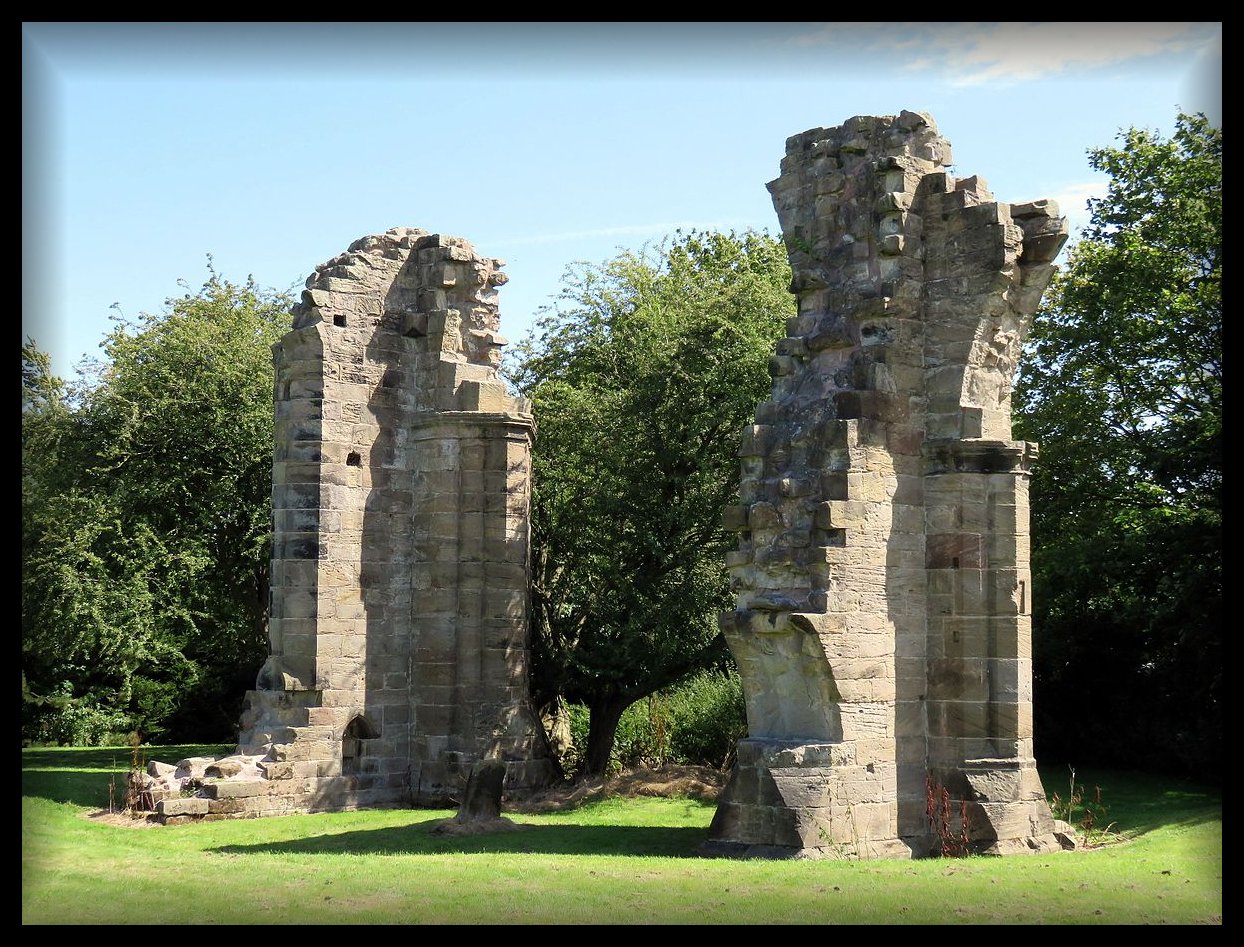
The Augustinian priory of Burscough was founded about 1190 by Robert
son of Henry, lord of Lathom and Knowsley, and endowed with land in Burscough,
the whole adjoining township of Marton, the advowsons of three
churches—Ormskirk, Huyton, and Flixtdn — the chapel of St. Leonard of Knowsley,
and all the mills on his demesne. The presence of the prior of the
Augustinian house at Norton, near Runcorn, as a witness, coupled with the fact
that Knowsley was held of its patron, the constable of Chester, makes it not
unlikely that the first canons of Burscough came from the Cheshire priory. Simon, the
founder's father-in-law, became a brother of the house.
Hugh,
bishop of Coventry and Lichfield, confirmed the charter, as did his immediate
successors, Geoffrey de Muschamp and William de Cornhill (in 1216),
and, finally, in 1228 Pope Gregory IX. Gregory also gave the canons
licence to celebrate the divine offices during a general interdict, and to
admit those who desired it to burial in their church, saving the rights of
their parish churches. No canon was to leave the house without licence except
for a stricter rule. Difficulties had arisen with regard to Robert son of
Henry's gift of Flixton church. During the episcopate of Geoffrey de Muschamp (1198-1208)
the right of the priory to the advowson was disputed by Roger son of Henry,
apparently the founder's brother, and Henry son of Bernard, probably a nephew,
who claimed as the heirs of Henry son of Siward, the founder's father. An
assize of darrein presentment being held, they obtained a
verdict in their favour and presented Henry son of Richard [de Tarbock], which
Richard was another brother of the founder. Henry de Tarbock afterwards
released his rights in the church to the canons subject to the payment to him
of 2 marks a year during the tenure of the benefice by Andrew 'phisicus,' who
was perhaps his vicar. He also promised his good offices in obtaining the
appropriation of the church to the priory, which in case of success was to
allow him a pension of 3 marks for life. No appropriation took place, but
either before or after the arrangement with Henry the canons secured a pension
from the church. Towards the end of the thirteenth century the advowson
passed into the hands of Bishop Roger Longespée, who appropriated the church,
about 1280 it is said, as a prebend in his cathedral.
The canons were more successful in
obtaining the appropriation of the other two churches whose advowson had been
granted to them. Bishop William de Cornhill (1215-23), 'in consideration of
their religion, honesty, and immoderate poverty,' gave them Ormskirk church,
saving a competent vicarage. A few, years later Alexander de Stavenby,
his successor, granted Huyton church to the priory in proprios usus,
the gift to take effect after the death of the rector in possession, when he
reserved the right to ordain a vicarage. It was not, however, until
1277 that a vicarage was ordained, with a portion taxed as worth ten
marks.
Eight years later the bishop, in view of the proximity of Ormskirk church to
the priory, from which it was distant about three miles, consented that on the
death or cession of the present vicar the canons should for the future be
allowed to present one of their own number, being a priest and suitable.
On a subsequent vacancy the convent,' by negligence,' presented a secular
priest, and in 1339 thought it necessary to obtain a renewal of the privilege
from Bishop Northburgh, ' in relief of the charges with which they are heavily
burdened. Henceforth down to the Reformation the vicar of Ormskirk was
always a canon of the house. In the fifteenth century several canons held the
vicarage of Huyton. Disputes between the priory and the vicars as to their
portions were not thereby obviated. An episcopal inquiry was held in 1340 on
the petition of Alexander of Wakefield, vicar of Ormskirk; a dispute with
John Layet, vicar of Huyton, was settled by arbitration in 1387; and in 1461
Ralph Langley, vicar of Huyton, a canon of the house, secured a revision of his
portion, which he alleged to be too small.
Pope Boniface VIII in 1295 empowered
the prior for the time being to nominate six of the canons, even if etate
minores, provided they were over twenty years of age, to be promoted by
any bishop to sacred orders and minister in them lawfully. On promotion to be
priests they were to be allowed a full voice in filling up any vacancy in the
office of prior—to which they might themselves be elected. The same pope
granted a general confirmation of the priory's privileges in 1300.
A few years before the prior and
convent had bestowed borough rights on their town of Ormskirk, and
obtained (in 1286) from Edward I and Edmund of Lancaster a grant of a market
and five days' fair there. The grant and other gifts were confirmed by
Edward II when at Upholland on 19 October, 1323. In virtue of its market
rights the priory claimed to take fines for breach of the assize of bread and
ale; this led to friction with the officers of Henry, earl of Lancaster, who in
1339 conceded the privilege for an annual payment of 6s. 8d.
A curious episode in the history of the
priory is the indictment in 1347 of Thomas of Litherland, then prior, for
alleged participation in the lawless proceedings of Sir John de Dalton, who on
Good Friday in that year, assisted by many Lancashire men, violently abducted Margery, widow of
Nicholas de la Beche, from her manor of Beams, in Wiltshire, killing two
persons and injuring others, though the king's own son Lionel, keeper of the
realm in the king's absence abroad, was staying there. A number of Lancashire gentlemen came forward and declared that the prior was
innocent. On their bond he was admitted to bail, and seems to have
satisfactorily disproved the charge as he retained his office for nearly forty
years.
It was
during his priorship that a benefaction intended to extend university education
was diverted to the priory and its church of Huyton. John de Winwick (d. 1360),
a Lancashire man who enjoyed the favour of
Edward III, and held the rectory of Wigan and treasurership of York, 'desiring
to enrich the English church with men of letters,' left an endowment including
the advowson of Radcliffe on Soar for a new college at Oxford, whose scholars
were to study canon and civil law, and, on becoming bachelors or doctors, to
lecture on these subjects. Difficulties arose, however, not perhaps
unconnected with the refusal of the pope to sanction an appropriation of
Radcliffe church; permission was obtained to transfer the endowment to Oriel
College, but ultimately, twenty years after the testator's death (1380), his
executors got a licence from Richard II to alienate the advowson of Radcliffe
to Burscough Priory, and in the following year Alexander
Neville, archbishop of York, allowed its appropriation to relieve the poverty
of the house caused by the pestilence, bad seasons, and other misfortunes, and
to increase divine worship by the foundation of a chantry for two priests in
Huyton church. The chantry was established in 1383, the bishop of
Coventry and Lichfield fixing the stipend of each chaplain at 10 marks.
The surplus revenuesof the rectory (from which a vicar's portion had already
been set aside) yielded a small annual income to the priory.
A somewhat mysterious letter of Pope
Urban, dated November, 1386, refers to certain unknown 'sons of iniquity' who
were concealing and detaining the lands and goods of the monastery, and orders
the abbot of Chester to enjoin restitution on pain of excommunication.
Possibly the persons in question had taken advantage of the political
disturbances of that year.
Boniface IX granted a relaxation of
four years and four quadragenes penance to penitents who on St. Nicholas's Day
should visit and give alms for the conservation of the church of the
priory.
A scandal which came to light in 1454
affords a curious glimpse into the state of the house at that date. Charges of
divination, sortilege, and black art were brought against the prior, Robert
Woodward, one of the canons, Thomas Fairwise, and the vicar of Ormskirk,
William Bolton, who is described as late canon of the priory. An episcopal
investigation revealed strange doings. One Robert, a necromancer, had
undertaken for £10 to find hidden treasure. After swearing secrecy on the
sacrament of bread they handed it over in the pyx to Robert. Three circuli
trianguli were made, in each of which one of them stood, the vicar
having the body of Christ suspended at his breast and holding in his hand a
rod, doubtless a diviner's rod. The story ends here, but all three denied that
any invocation of demons or sacrifice to them had taken place. Bishop Boulers
suspended them for two years, from the priestly office and from receiving the
sacraments except in articulo mortis. Bolton was deprived
of his vicarage and the prior had to resign. In a few months the bishop
removed the suspension in their case, but they did not recover their positions.
The ex-prior was allowed a pension of 10 marks, with a 'competent chamber' in
the priory, and as much bread, beer, and meat as fell to the share of two
canons.
The
election of a prior always needed confirmation by the diocesan, but the
range of choice in a small house was limited. Half a century later another
scandal occurred, apparently more serious, for Prior John Barton suffered
deprivation (1511) instead of being allowed to resign. The nature of his
offences is not disclosed, but that the priory was not in a healthy state is
evident from the fact that the bishop preferred a canon of Kenilworth, a house
of the same order, to the vacant office.
As the income of the priory was less
than £200 it was dissolved under the Act of February, 1536. It then contained
only five canons (including the prior), all of whom were priests. One had
been reported by Legh and Layton, the visitors of the previous year, as guilty
of incontinence. At first only one expressed a desire to continue in
religion, but the others seem afterwards to have changed their minds. The
church and other buildings were found to be 'in good state and
plight.' The Earl of Derby was anxious to save the church, in which many
of his family lay buried. His intention was to find a priest there at his
own cost ' to do divine service for the souls of his ancestors and the ease and
wealth of the neighbours.' But he complained that the king's commissioners
valued not only the glass and bars in the windows and the paving, but all other
goods at a higher price than ' they be well worth,' and his plan fell through.
In November, 1536, during the disturbances of the Pilgrimage of Grace, he urged
delay in pulling down and melting the lead and bells as 'in this busy, world it
would cause much murmur.'
In the Will of Myles Standish - "Borsconge" .
Priors of Burscough.
¶Henry, probably
first prior, occurs between 1189 and 1198
William, occurs before 1199
Geoffrey, occurs before 1229
Benedict, occurs 1229 and 1235
William, occurs 1245
Nicholas, occurs between 1260 and 1272
Warm, occurs between 1272 and 1286
Richard, occurs 1303
John of Donington, occurs 1322-44
Thomas of Litherland, occurs 1347-83, resigned 1385
John of Wrightington, elected 1385, died 1406 or 1407
Thomas [of] Ellerbeck, elected 16 February, 1406-7, died before May, 1424
Hugh Rainford, election confirmed May, 1424, died before July, 1439
Robert Woodward, election confirmed July 1439, resigned 4 October, 1454
Henry Olton, elected 28 February, 1454-5, died before 9 October, 1457
Richard Ferryman, elected before 9 October, 1457, occurs down to 1478
Hector Scarisbrick, occurs 1488, died 1504
John Barton, election confirmed 6 December, 1504, deprived 1511
Robert Harvey, preferred 12 May, 1511, on 'just deprivation' of Barton,
died before 17 April, 1535
Hugh Huxley, election confirmed 17 April, 1535, surrendered 1536, buried
at Ormskirk, 1558.
The seal of the priory was round, and
bore a representation of the south front of the monastery buildings with the
roof and tower of the church, rising above them.
On each side of the
tower is a six-pointed star with the Legend:— + SIGILLVM SANCTI NICHOLAI DE
BVRCASSGVHE
WRIGHTINGTON - Lancashire.
In the Will of Myles Standish - "Wrightington" .
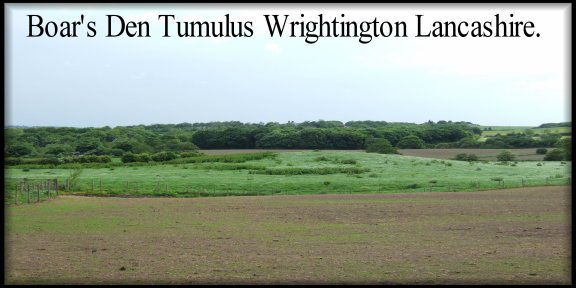
Boar's Den, thought
to be a Bronze Age round barrow, is relatively undisturbed and
consists of an earth and stone mound 73 yards (66.5m) (E/W) by 68 yards (62m)
(N/S) with a maximum height of 8 feet (2.5m) that suffered some plough damage
in the past and is now used only as grazing land. If this round barrow were not
marked on a map, despite being fairly extensive, it might be missed on the
ground, mistaken as a natural lump in the middle of the field.
In 1691, the first
church in Wrightington was built. The curate, Jonathan Scholefield, ejected
from Douglas Chapel, Parbold, in 1662 for his Puritan beliefs,
found refuge at Tunley, where a group of Presbyterians started
meeting regularly for worship at South Tunley Hall, the home of Thomas and
Elizabeth Wilson. Twenty-two years after his death in 1667, the passing of the
Toleration Act (1689) allowed dissenters to worship openly. For the
free exercise of their Divine worship, Thomas Wilson of "Tunley within
Wrightington " erected a chapel for Protestants dissenting from the Church
of England. About a century later the congregation
became Unitarian before the building was given to the Scottish
Presbyterians. It now belongs to the Presbyterian Church of England. The
original church building is believed to be the oldest building in England that
was built as a Presbyterian church.
St. James the Great was built in 1857 by E. G. Paley for the services
of the Church of England. In November 2000, to commemorate
the millennium, a new stained glass window was added combining traditional
imagery and contemporary elements. The church is set in lovely countryside,
commanding views stretching from Southport to the Lake District.
The central theme, the Nativity of Jesus, is surrounded by finely drawn
landscapes and well known buildings from the surrounding area: the
famous Wrightington Hospital, the church and the 400-year-old Heskin
School.
Founded before 1893,
the Carr House Lane Primitive Methodist Church was an early
19th-century (1807) secession from the Wesleyan Methodist church. It
was particularly successful in evangelising agricultural and industrial
communities at open meetings. In 1932, the Primitive
Methodists joined with the Wesleyan Methodists and the United
Methodists to form the Methodist Church of Great Britain. The chapel is
now closed.
Fairhurst Hall was at
one time a place of worship for Roman Catholicism and a priest had been maintained at
Wrightington Hall from the 1680s and a private chapel dedicated to St. Joseph
was provided for the family, tenantry and employees until the building of St.
Joseph's in 1892 by Charles Clifton Dicconson.
Wrightington Hall.
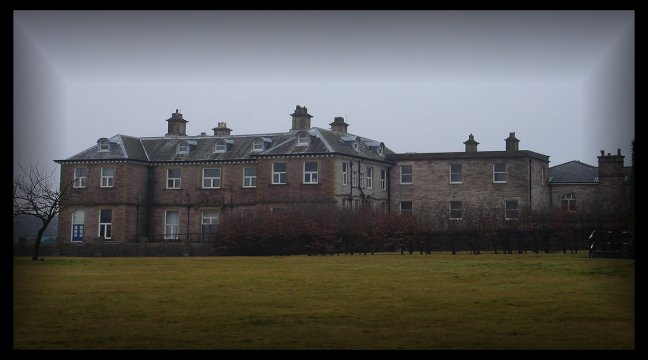
For several centuries, Wrightington Hall was the home of the Wrightington family, who are said to have been descended from Fitz Orm, the son of Orm, a powerful noble in this part of Lancashire in the 12th century, credited with the founding of the Church of St Peter and St Paul, Ormskirk's Parish Church.
When Sir Edward
Wrightington died in 1658, his heir, Hugh Dicconson, erected a very fine tomb
for Sir Edward in St Wilfred's Parish Church, Standish.
Two of Hugh
Dicconson's sons, William and Roger, became Roman Catholics and were implicated
in a plot to overthrow the government of the day under William
III and Mary II and bring back the exiled King James II.
William, along with
several other Catholic Lancastrians, was put on trial in Manchester
for treason in 1694. They were acquitted for lack of sufficient
evidence to convict them. However, immediately afterwards, William fled
to France to join James II in exile, where he was appointed
"governor" (tutor) to Bonnie Prince Charlie, and his wife became
"Maid of Honour" to the exiled Queen, Mary of Modena.
William's brother,
Roger, was living at Wrightington Hall and supported the Old
Pretender in the abortive 1715 rebellion. Surprisingly, the estate did not
suffer for his part in it.
The hall was then a
typical Tudor manor house gabled
and half-timbered on a stone base. This ancient hall, which formed the north
wing of the present hall, was partly destroyed by fire in the early part of the
last century and was demolished around 1929 when the current nurses home annexe
was constructed.
The present hall was
built in 1748 and modified in 1860. It was eventually bought by Lancashire
County Council in 1918 for £16,473 with the purpose of turning it into
a TB hospital.
The estate also came
up for sale on 26 August 1921.
In the Will of Myles Standish - "Maudsley" .
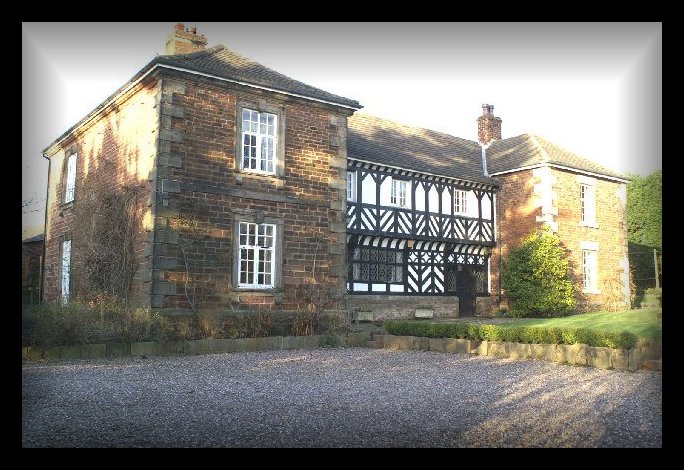
The name Mawdesley is
thought to have originated in the reign of Edward I (1272–1308).
The suffix 'ley' describes a field, meadow or clearing. Records show that
a manor existed in 1250 AD on the site of the present
Mawdesley Hall.
Mawdesley Hall is a small hall, situated on a back road
leading into the village. It was built by William Mawdesley in 1625, but
altered towards the end of the 18th century
In the Will of Myles Standish - "Newburrow" .
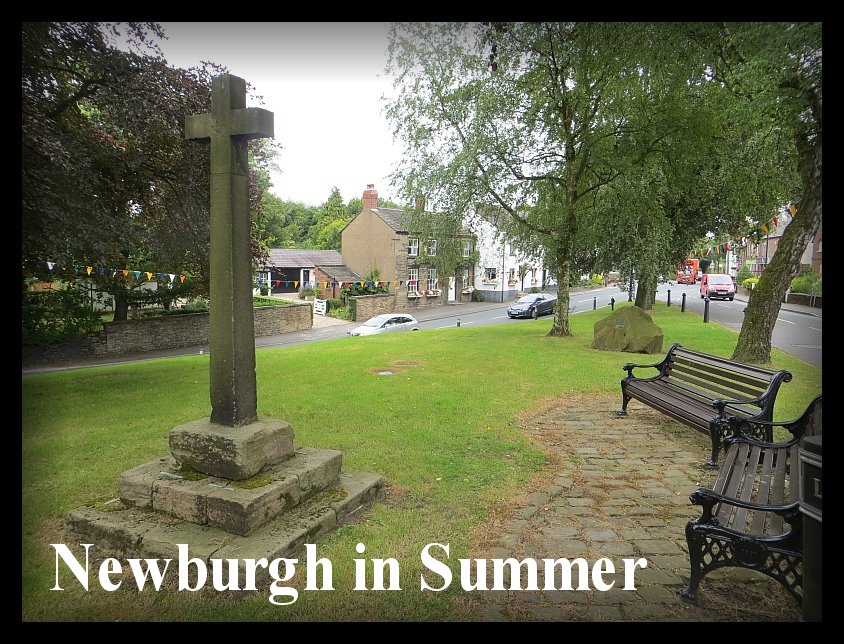
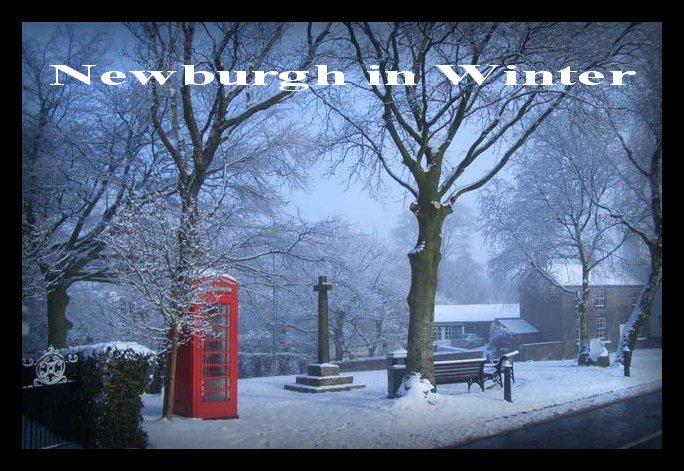
Newburgh is a rural village and civil parish in Lancashire, England, 3 miles
(5 km) from Skelmersdale and 5
miles (8 km) from Ormskirk.
Newburgh's history
can be traced back to 1304 when a licence was granted to start a weekly market.
Newburgh is twinned
with the town of Newburgh, Indiana, United States.
Croston and the Isle of Man Farmlands - Lancashire.
In the Will of Myles Standish - "Crawston and the Ile of man" .
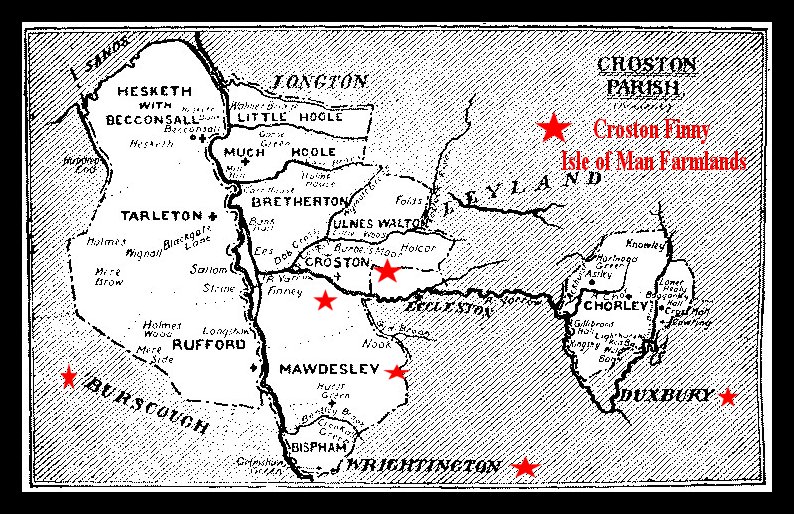
Croston began in the
7th century when St. Aidan arrived at the riverside settlements. In the
absence of a church, a cross was erected as a place of worship. Croston
literally means 'cross-town' and is derived from the two Old English words 'cross' and 'tun' (town/homestead/village). The name is
unique as there are no other Crostons in the UK.
Centuries ago the
parish of Croston was far larger than it is today. It included Chorley, Much Hoole, Rufford, Bretherton, Mawdesley, Tarleton, Hesketh Bank, Bispham,
Walmer Bridge and Ulnes Walton. These became independent parishes as a result of a series of
separations between 1642 and 1821. A charter granted by Edward I in 1283 permitted an annual medieval fair and market to be held
on the village green. Pre 20th Century maps also depict a castle which is believed to have been of a wooden construction because
there is no evidence of a stone structure.[
Croston Hall was built by the De Trafford family and was
the manor house to the village of Croston. The hall was
demolished in the 1960s. The family were Roman Catholics, and employed Edward Welby
Pugin to design a family chapel
in the grounds of the house in 1857. It is a small building constructed of
rock-faced sandstone, and is in eclectic Gothic style.
It was left to the people of Croston on the death of the last De Trafford in
the 1960s.
The parish church is
dedicated to St Michael, and is a Grade II* listed
building. It appears to be based on a 15th-century design, but was reworked in
the 16th century, and altered in the 17th. A partial rebuilding took place in
the 18th century, and it was substantially altered in the 19th century. It
consists of a nave and chancel with north and south aisles, mostly built of red
sandstone with stone tiles.
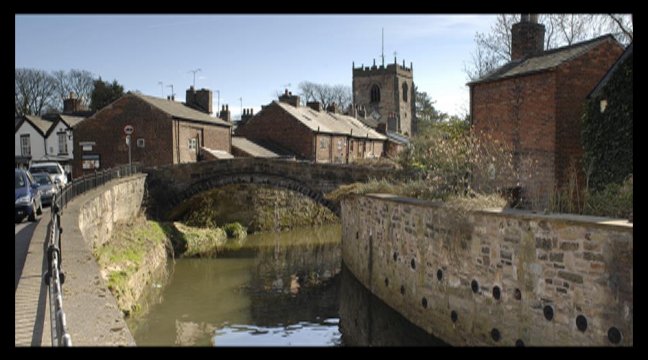
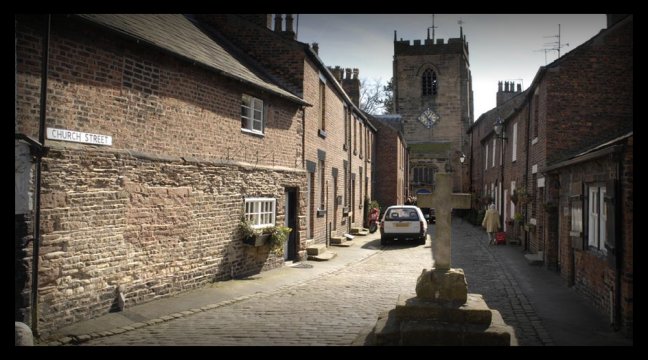
The Isle of Man Farmlands lands near the village of Croston Lancashire.
In the Will of Myles Standish - "Crawston and the Ile of man" .
Map year 1577 Saxton.
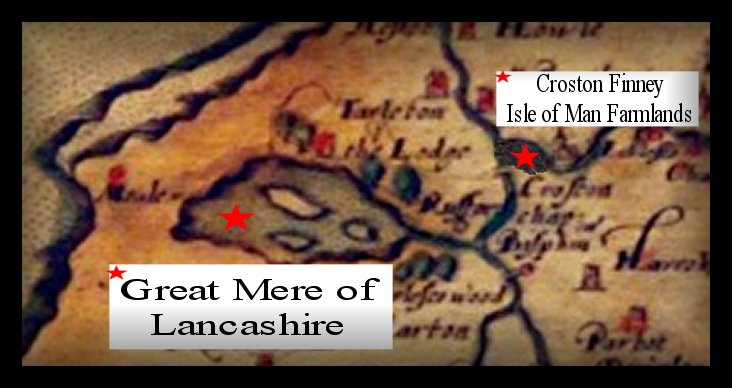
The Isle of Man
Farmlands lands near the village of Croston have been known as such over many
generations.
The lands lie in the
Croston Finney and were known as the Isle of Man because for 11 month out of
each year they were only accessible by rowing boat.
Thus this was
a local nickname given to the lands (Isle of Man) in Lancashire within the life time of
Myles Standish.
A farm was built on
these lands when the Croston Finney was drained and the farm was named the Isle of Man
farm after the land it was built upon.
The Croston Finney
was connected to great Mere of Lancashire and both were drained by
Victorian engineers to allow the lands to be used for farming.
Many ancient
documents relating to the Croston Finney can be found in the Lancashire
Archives.
Standish family records show land ownership of land on the Manor of Croston
and one branch of the family actually lived on the Manor of Croston.
Year 1661 Lancashire Archives.

Year 1873 Lancashire Archives.
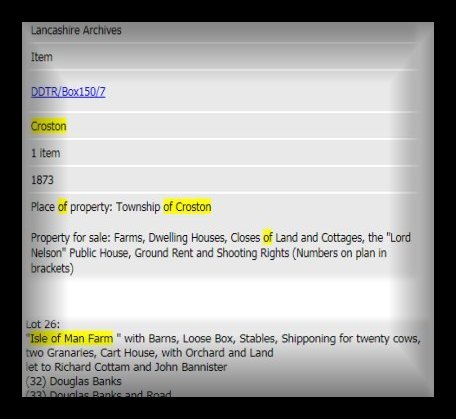
Year - 1577 - Map indicates the close proximity of the Manor of Duxbury to the Lands in the Will of Myles Standish.
